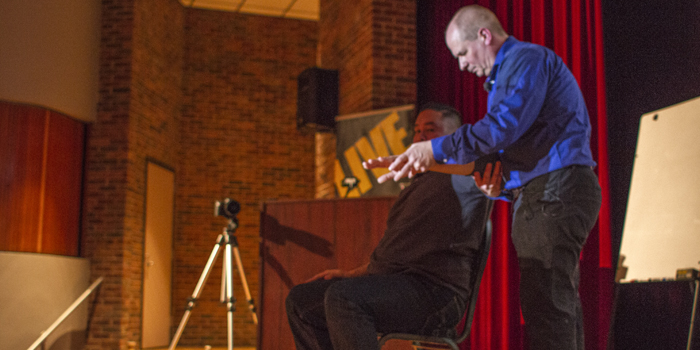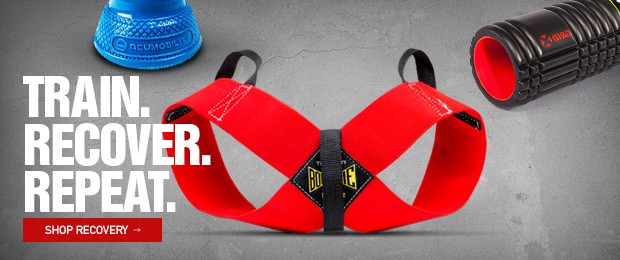
For many years now, serious members of the strength training community have sought the expertise of Dr. Ken Kinakin. A sports medicine doctor, chiropractor, certified strength and conditioning specialist, and personal trainer, Dr. Kinakin founded the Society of Weight-Training Injury Specialists (SWIS) years ago, and has been using the organization to combine the expertise of many fields of study in the strength world. For these reasons, Dr. Kinakin was the perfect person to present at the 2017 elitefts Sports Performance Summit — he has knowledge from the collective expertise of many individuals in many areas.
In this video, part one of his presentation, Dr. Kinakin begins by discussing SWIS. He shares that the goal of the organization is to discover the most effective way of recovering from injuries, using the information from the best experts in four fields: training, rehabilitation, nutrition, and treatment. The way these four "streams", as Dr. Kinakin refers to them, intersect with one another is where the most useful knowledge can be found. For this segment of his presentation, he focuses on "pain with pushing forward."
He states that in a barbell bench press injury, there are four common muscular injury patterns:
- Subscapularis Strain
- Pec Clavicular Strain
- Pec Sternal Strain
- Anterior Deltoid Strain
Dr. Kinakin then goes into detail about the subscapularis strain, touching on the primary causes of the injury and the ways that they are demonstrated in training. For instance, you can estimate the risk of a subscapularis strain by testing the shoulder joint for external rotation compensation — a case that Dr. Kinakin refers to as "frozen shoulder." In the worse examples of frozen shoulder, individuals can't even lift their arm up to their shoulder.
RELATED: Overhead Pressing for a Bigger and Safer Bench Press
Fortunately for Dr. Kinakin, there was an example of a frozen shoulder sitting in the audience: Dave Tate. Dave volunteers to come to the front of the room and Dr. Kinakin demonstrates the protocol he uses to check for frozen shoulder, showing the testing and management techniques that he recommends. Using a percussor tool, Dr. Kinakin treats Dave's shoulder for several minutes and explains what is happening to increase the range of motion of the joint.
Pulling another participant from the audience, Dr. Kinakin then performs a subscapularis muscle test used to diagnose movement dysfunction. After running through a number of tests, he explains the issue that the audience is observing and then has the volunteer go through a number of methods to improve his subscapularis function.
By the minute:
- (1:40) Presentation purpose and introduction
- (3:28) Four common strains from the barbell bench press
- (6:04) External rotation and frozen shoulder
- (9:28) Demonstrating frozen shoulder with Dave Tate
- (10:42) Treating frozen shoulder with a percussor
- (13:20) Managing frozen shoulder
- (15:25) Subscapularis muscle test
- (19:01) Demonstration of improved subscapularis function









